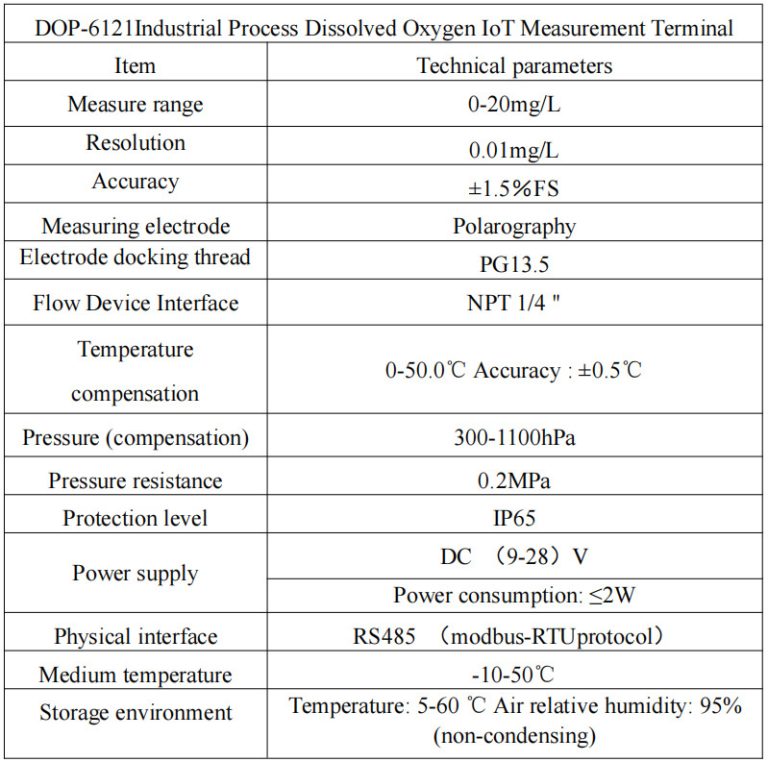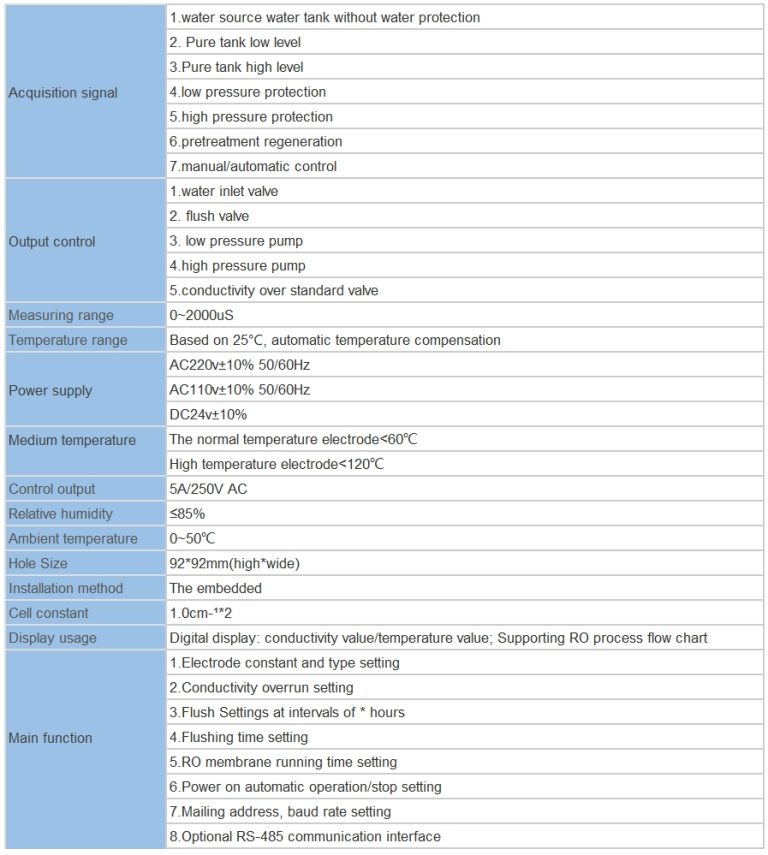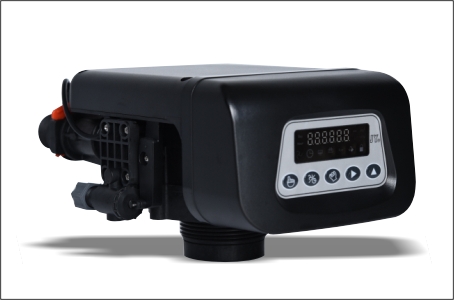Conductive or non-conductive: Understanding the power of materials.
Understanding the Difference Between Conductive and Non-Conductive Materials
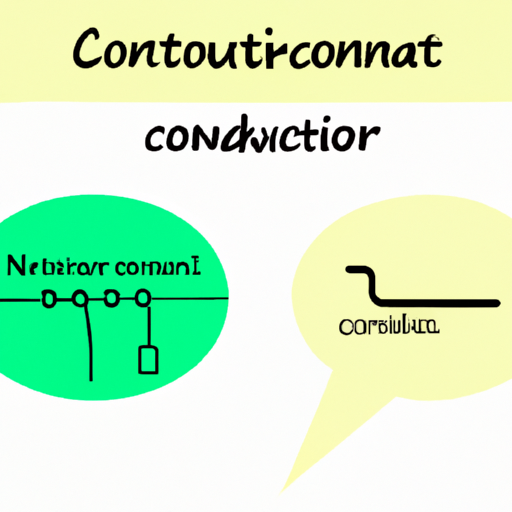
Understanding the Difference Between Conductive and Non-Conductive Materials
When it comes to the world of materials, there are two main categories that they can fall into: conductive and non-conductive. These terms refer to the ability of a material to conduct electricity. Understanding the difference between conductive and non-conductive materials is crucial in various fields, from electronics to construction. In this article, we will delve into the characteristics of each type and explore their applications.
Conductive materials, as the name suggests, have the ability to conduct electricity. This means that they allow the flow of electric current through them. Metals, such as copper and aluminum, are excellent conductors due to their atomic structure. In metals, the outermost electrons are loosely bound and can move freely, creating a pathway for the electric current. Other conductive materials include graphite, which is commonly used in pencils, and certain types of water, such as saline water.
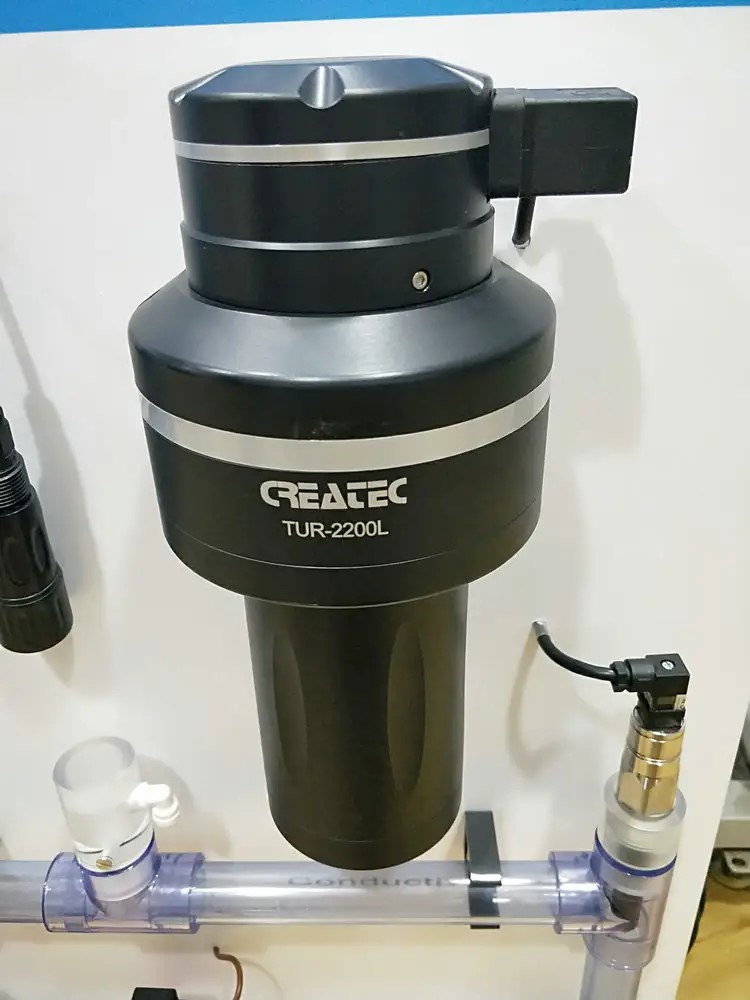
On the other hand, non-conductive materials, also known as insulators, do not allow the flow of electric current. These materials have tightly bound electrons, which do not move easily. As a result, they act as barriers to the flow of electricity. Examples of non-conductive materials include rubber, plastic, glass, and wood. These materials are commonly used in electrical insulation to prevent the risk of electric shock and short circuits.
The distinction between conductive and non-conductive materials is not limited to their electrical properties. Conductive materials also tend to have high thermal conductivity, meaning they can transfer heat efficiently. This is why metals are often used in applications where heat needs to be conducted, such as in cooking utensils or heat sinks for electronic devices. Non-conductive materials, on the other hand, have low thermal conductivity, making them suitable for insulation purposes, such as in the walls of buildings or in thermal blankets.
| Measuring Method | N,N-Diethyl-1,4-phenylenediamine (DPD) spectrophotometry | |||
| Model | CLA-7122 | CLA-7222 | CLA-7123 | CLA-7223 |
| Inlet water channel | Single channel | Dual channel | Single channel | Dual channel |
| Measurement range | Total Chlorine : (0.0 ~ 2.0)mg/L ,calculated as Cl2 ; | Total Chlorine : (0.5 ~10.0)mg/L ,calculated as Cl2 ; | ||
| pH:(0-14);temperature:(0-100)℃ | ||||
| Accuracy | Free chlorine: ±10% or 0.05mg/L (whichever is greater), calculated as Cl2; Total chlorine: ±10% or 0.05mg/L (whichever is greater), calculated as Cl2 | Free chlorine: ±10% or 0.25mg/L (whichever is greater), calculated as Cl2; Total chlorine: ±10% or 0.25mg/L (whichever is greater), calculated as Cl2 | ||
| pH:±0.1pH;Temp.:±0.5℃ | ||||
| Measurement cycle | Free Chlorine≤2.5min | |||
| Sampling interval | The interval (1~999) min can be set to any value | |||
| Maintenance cycle | Recommended once a month (see maintenance chapter) | |||
| Environmental | Ventilated and dry room without strong vibration; Suggested room temperature: (15 ~ 28)℃; relative humidity: ≤85% (no condensation). | |||
| requirements | ||||
| Sample water flow | (200-400) mL/min | |||
| inlet water pressure | (0.1-0.3) bar | |||
| Inlet water temperature range | (0-40)℃ | |||
| Power supply | AC (100-240)V; 50/60Hz | |||
| Consumption | 120W | |||
| Power connection | 3-core power cord with plug is connected to the mains socket with ground wire | |||
| Data output | RS232/RS485/(4~20)mA | |||
| Dimension size | H*W*D:(800*400*200)mm | |||
The applications of conductive and non-conductive materials are vast and diverse. Conductive materials are essential in the field of electronics, where they are used to create circuits and transmit electrical signals. They are also used in power transmission, as metals like copper are excellent conductors of electricity. In addition, conductive materials find applications in industries such as aerospace, automotive, and telecommunications.
Non-conductive materials, on the other hand, are crucial for electrical safety. They are used to insulate wires and cables, preventing the risk of electric shock. Non-conductive materials also find applications in the construction industry, where they are used for insulation in buildings, preventing the loss of heat or cold. Additionally, non-conductive materials are used in the manufacturing of electronic devices, such as computer chips, to prevent interference and ensure proper functioning.
In conclusion, understanding the difference between conductive and non-conductive materials is essential in various fields. Conductive materials allow the flow of electric current and are often used in electronics and power transmission. Non-conductive materials, on the other hand, act as barriers to the flow of electricity and are crucial for electrical safety and insulation purposes. Both types of materials have their unique characteristics and applications, making them indispensable in our modern world.


